With the growing demand for home-use oral beauty devices, the importance of water resistance for teeth whitening devices cannot be overstated. These devices are regularly exposed to moisture, saliva, and even rinsing under water—making waterproofing and anti-corrosion design critical for both performance and product lifespan. In this blog, we explore how implementing IPX7 waterproof whitening device standards, effective sealing processes, and anti-corrosion materials can significantly enhance device reliability, safety, and customer satisfaction.
The IPX7 waterproof whitening device rating indicates that a product can withstand immersion in water up to 1 meter for 30 minutes. For whitening devices, this level of protection ensures:
Safe operation even when users rinse the device after use
Protection against accidental drops in water
Increased product lifespan and fewer warranty claims
Manufacturers aiming for global market compliance and user trust must ensure their whitening devices meet or exceed this standard.
The sealing process is the foundation of water resistance. An effective sealing design prevents water or saliva from penetrating the internal electronics and battery compartments.
Professional manufacturers apply:
Ultrasonic welding or overmolding at shell joints
Waterproof glue or silicone rings around openings and charging ports
One-piece structural designs to minimize assembly gaps
Advanced sealing processes are vital in achieving reliable and repeatable waterproof performance during mass production.
Saliva is mildly acidic and can be surprisingly corrosive over time. Choosing the right anti-corrosion material is essential to prevent long-term performance degradation.
Recommended materials include:
Medical-grade silicone for mouthpiece components
PC+ABS blends with anti-saliva coating for outer shells
Stainless steel or PVD-coated metal parts for charging contacts or internal structures
Incorporating anti-corrosion materials extends product longevity and reduces the risk of failure in humid or oral contact environments.
A key challenge in waterproof device development is maintaining sleek and modern product aesthetics while achieving high water resistance.
Industrial design teams work closely with engineers to:
Hide sealing joints within the device contours
Optimize button and charging port placement
Use seamless surface finishes that are both attractive and functional
Well-executed design ensures that waterproofing complements, rather than compromises, the consumer experience.
In the oral care device industry, especially for whitening products, the importance of water resistance goes beyond just convenience—it directly affects safety, durability, and brand credibility.
By focusing on:
IPX7 waterproof whitening device standards
Robust sealing processes
Long-lasting anti-corrosion materials
Functional and aesthetic integration
Manufacturers can deliver high-quality, reliable devices that meet the real-world needs of consumers and withstand the test of time.
�� If you’re looking for an OEM/ODM partner with deep expertise in waterproof oral device manufacturing, contact us to discuss how we can customize your next product line for success. https://www.powsmart.com/contact-us/
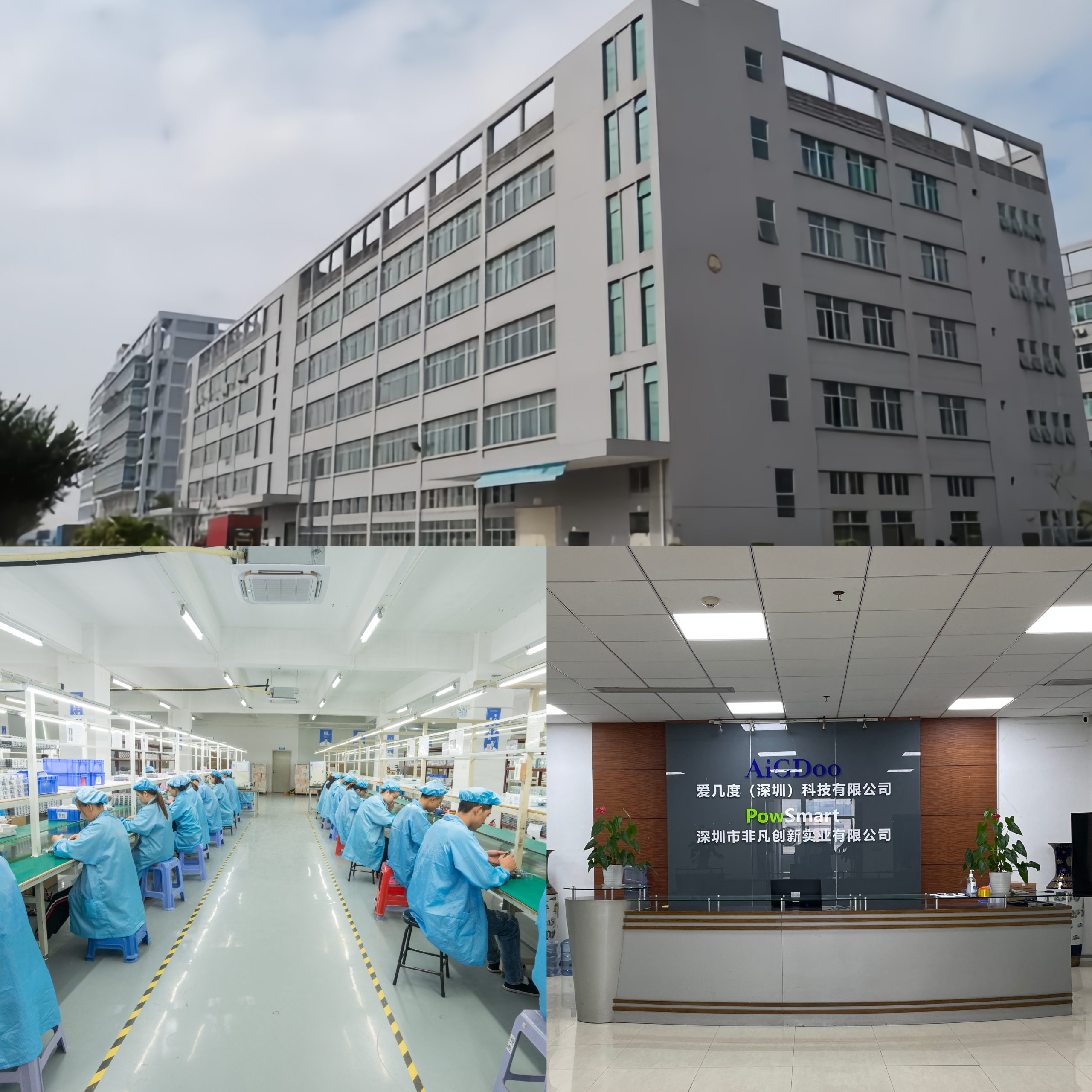
Electric Toothbrush OEM Must-Know Question: How Much Money Can the Existing Mold Library Save?
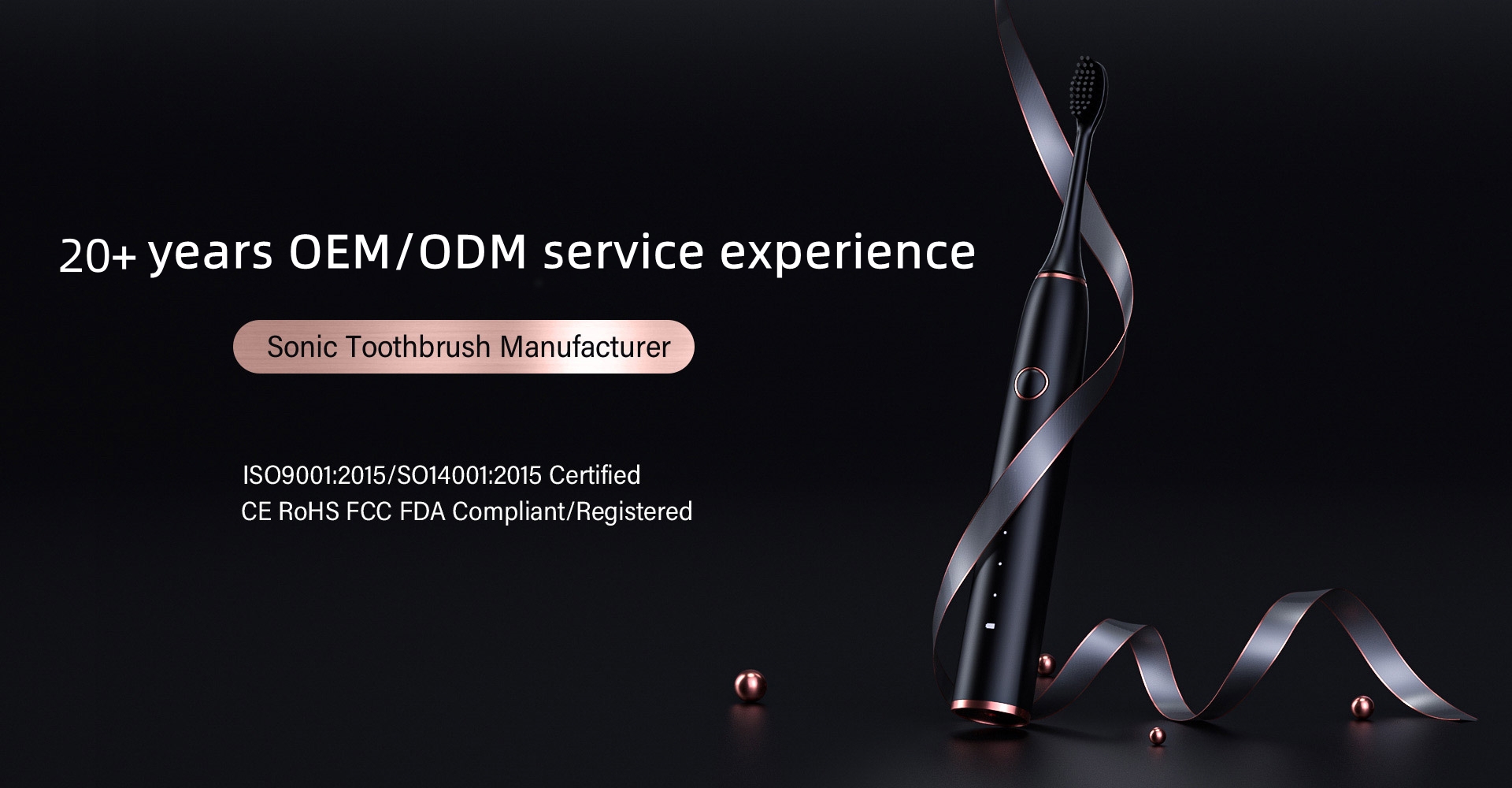
How Can Oral Care Product Distributors Optimize Product Details to Increase Sales?
Vibration Frequency Impact on Post-Treatment Sensitivity?
Hydrogen Peroxide Concentration & Motor Durability: Linked?
How Does Allergen Testing Prevent Bleach Residuals?
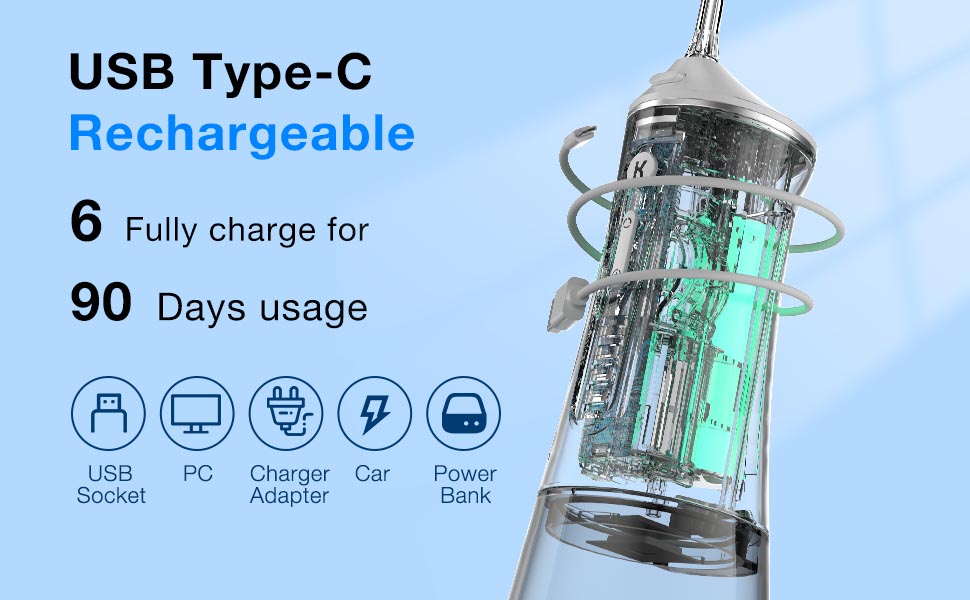
Water Flosser vs. Traditional Floss: Pros, Cons & Usage Tips
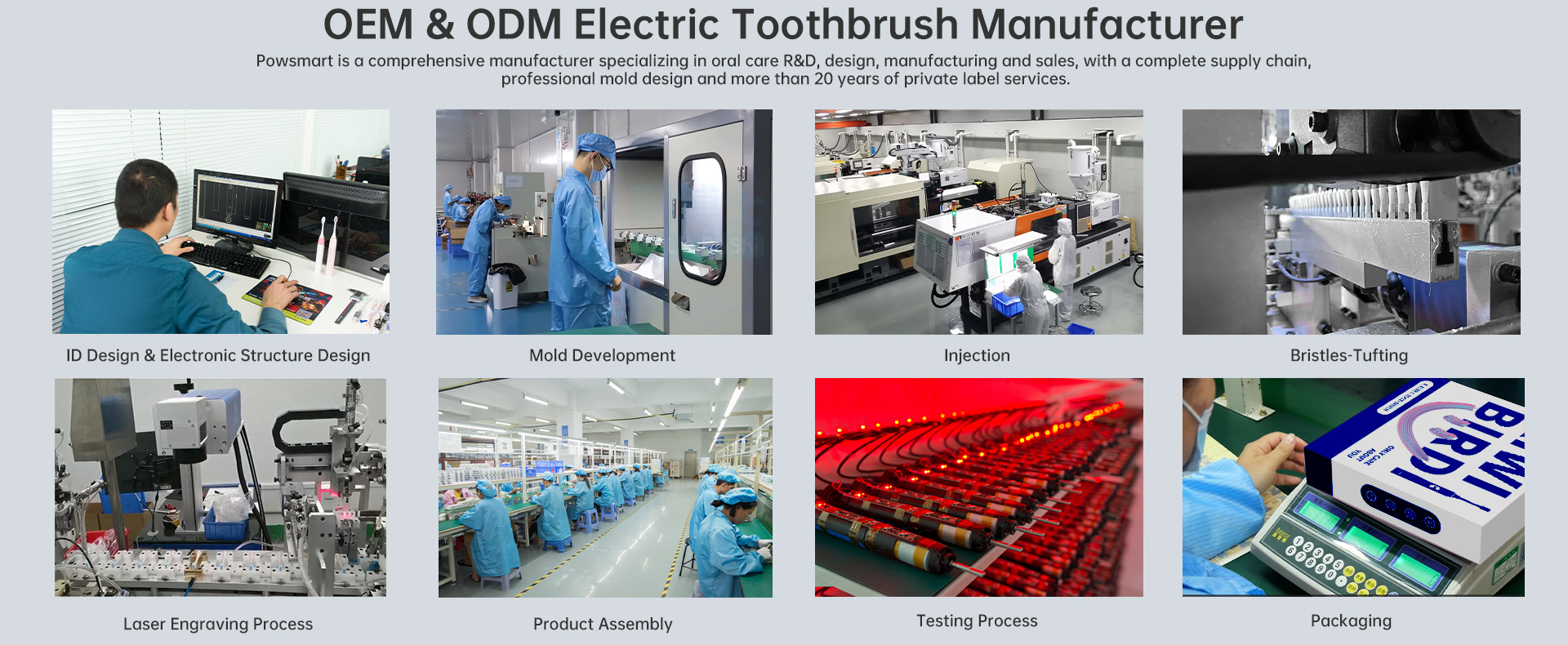
Motor Lifespan Matters! Importance of Premium Electric Toothbrush Durability
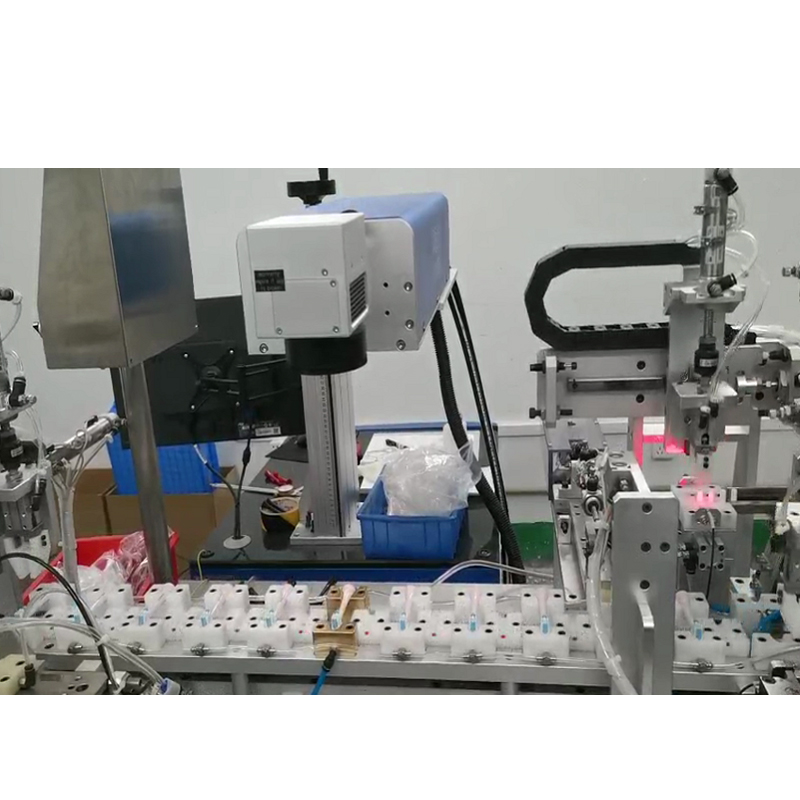
Electric Toothbrush Laser Engraving LOGO Process: How to Set the Depth, Speed and Power Parameters?
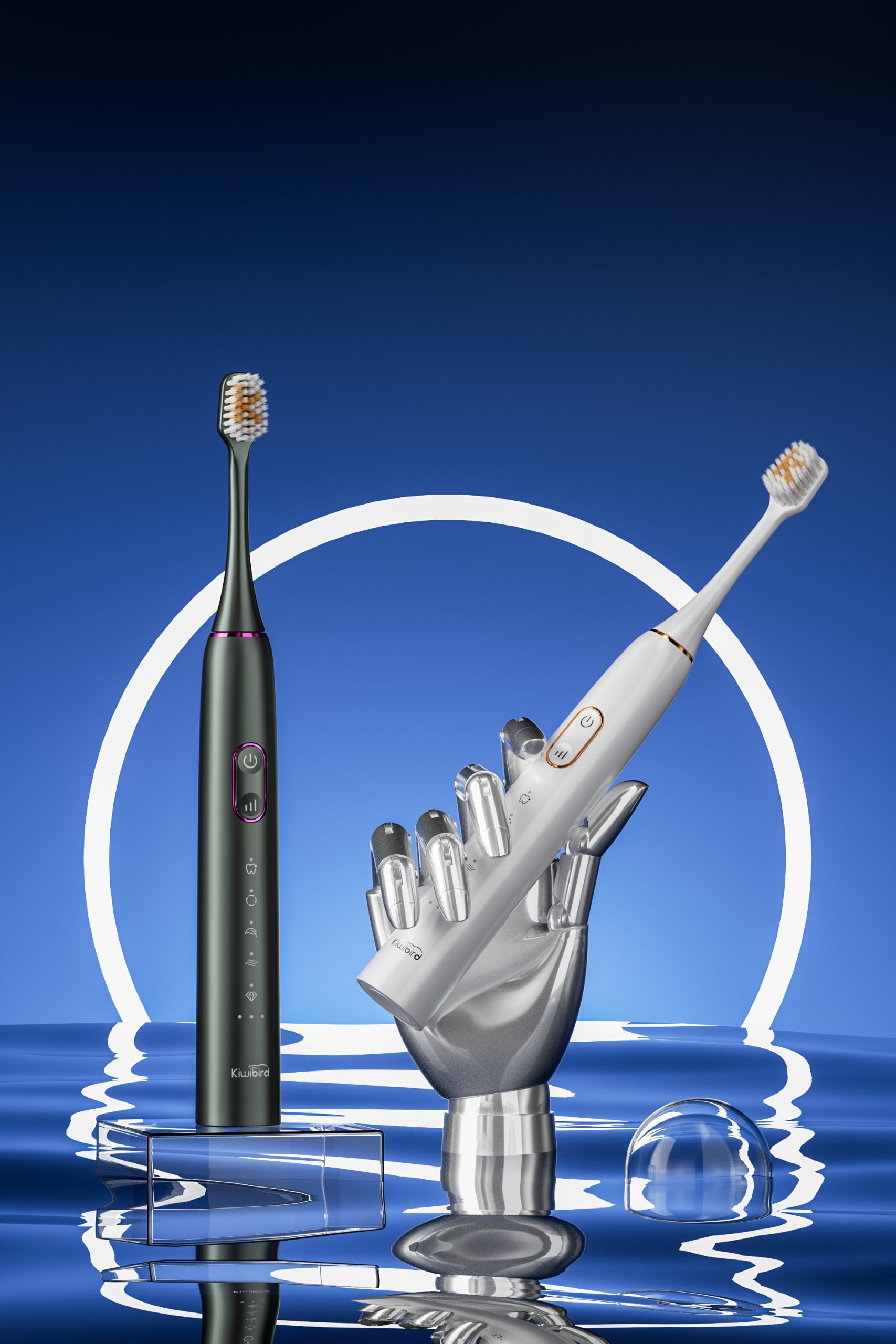
Why a College essential toothbrush tops Student oral care lists
.jpg)
Real-Time Brushing Tracking: How Smart Toothbrushes Improve Oral Care
How to Choose Good Bristles When Selecting an Electric Toothbrush?

Confused About the Multiple Flossing Options of the Water Flosser? Here’s How to Choose the Right One
Can Incorrect Brush Head Replacement Frequency Accelerate Enamel Wear?

Discover a Great Reason to Switch to an Electric Toothbrush

Can Blue Light Teeth Whitening Devices and Whitening Gels Be Used During Pregnancy?
.jpg)
Oral Care Market Trends 2025: Which High-demand Oral Care Products Are Most Worth Distributing?

Electric toothbrush heads Charcoal Infused-Diamond

electric toothbrush heads Charcoal Infuse-Round

Customization Teeth Whitening Gel
.jpg)
Florida Electric Toothbrush – Powsmart PTR-C8

electric toothbrush heads Ultra Soft

electric toothbrush heads Deep Clean

Private Label Whitening Gel

electric toothbrush heads Regular Clean
whstapp
whstapp
National Toll-Free Service Hotline
+86 755 86238638